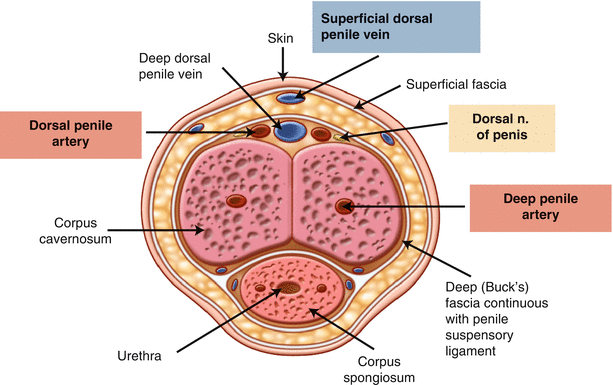What is it?
Paraphimosis: the penile foreskin becomes retracted around the coronal sulcus (= the circumference at the base of the glans penis), leading to vascular congestion and glans edema
Phimosis: the foreskin is retracted over the glans
This is only an emergency if it is causing acute urinary retentionKeep in mind most uncircumcised infants have normal phimosis
Why do we care?
If left untreated, paraphimosis can lead to some awful complications, such as necrosis or gangrene of the glans penis which can then necessitate a partial amputation of the penis
For phimosis causing urinary retention, can cause infections and renal failure
When to suspect it?
The main risk factor is lack of circumcision.
Crying infants (the S=Strangulation in ITCRIES for those who love mnemonics)
Adolescents may present later due to embarassment - can be caused by genital piercings or sexual intercourse
Another risk factor is prolonged erotic dancing, ie wining - a gyrating motion that alongside others causes prolonged erection and friction on the penis (multiple case reports)
How do we manage it?
Don't miss other injuries - look at their scrotum for a concomitant torsion or Fournier's
Paraphimosis
Call urology urgently if you note signs of ischemia or the patient has had symptoms for >12 hours.
If there are no signs of ischemia, consider non-manipulative methods, which entail a combination of compression and osmotic agents as well as patience:
1. "Iced Glove" - place ice and water in a glove and invaginate the thumb portion to place the penis into
2. Mannitol or glucose soaked gauze - soak gauze in 20% mannitol or D50 and wrap it around the glans of the penis while applying gentle pressure; this can take 1-2 hours for full effect
Next, attempt manual reduction. Don't forget pain control!
Methods of analgesia: topical EMLA, dorsal penile nerve block, fentanyl, ketamine, procedural sedation (though certain studies have shown topical anesthesia may work best)
Manual reduction: Have both thumbs on the glans while applying countertraction with the index fingers to the foreskin
If it works, make sure the patient can freely urinate , instruct patients to not retract the foreskin for 2 weeks, and arrange urology followup in 2-3 weeks.
If it fails, URGENT urology consultation. There are other options in case of a failed manual reduction (injecting hyaluronidase, aspirating the glans, poking the foreskin) that are especially useful if no one is immediately available to assist you
Phimosis
If causing acute urinary retention, call urology for likely dorsal slit procedure.
If patient is able to freely urinate, educate patient on how to properly clean their foreskin and show them how to retract the foreskin (3 months of this exercise has been shown to lead to resolution of phimosis in 76% of patients).
Topical steroids (triamcinolone for 4-6 weeks) also improve or completely resolve phimosis.
Sources
http://www.emdocs.net/em3am-paraphimosis-and-phimosis/



